Your yard is begging for a nice tree to lend shade and color to your existing landscape. However, before running out to your local nursery and grabbing the first sapling that catches your eye, it’s important to know how the tree will grow over the years.
«In order to choose what trees to plant in your home, first consider your site’s conditions, advises Stephen McFarlane, Regional Landscape Manager at Sandals Resorts International. «Make sure the tree you’d like to plant can survive in your climate and ensure you have suitable soil conditions for it to prosper. Sun exposure, wind, and drainage are also important considerations in regards to proper site conditions.»
Once you’ve determined the function of your tree (i.e. do you want the tree to provide flowers or must it provide evergreen shade all year long), you should consider the maintenance. Some trees drop messy fruit and nuts, while others have invasive root systems that can disturb your yard and home’s foundation. Here are eight trees that are low maintenance, adapt to a wide variety of soil types, and grow in a range of light conditions:
Jacaranda
The jacaranda is a good choice for a large outdoor areas in warmer climates that get tons of sun.
«They are resistant to pests and diseases and have good drought tolerance when established,» says McFarlane. «They should not be planted near water features or patios as their striking lavender and blue flowers and leaves can drop into those areas, creating a bit of additional cleanup. If grown in a large space, its leaves and flowers can be mown and not raked up.»
Sea Grape
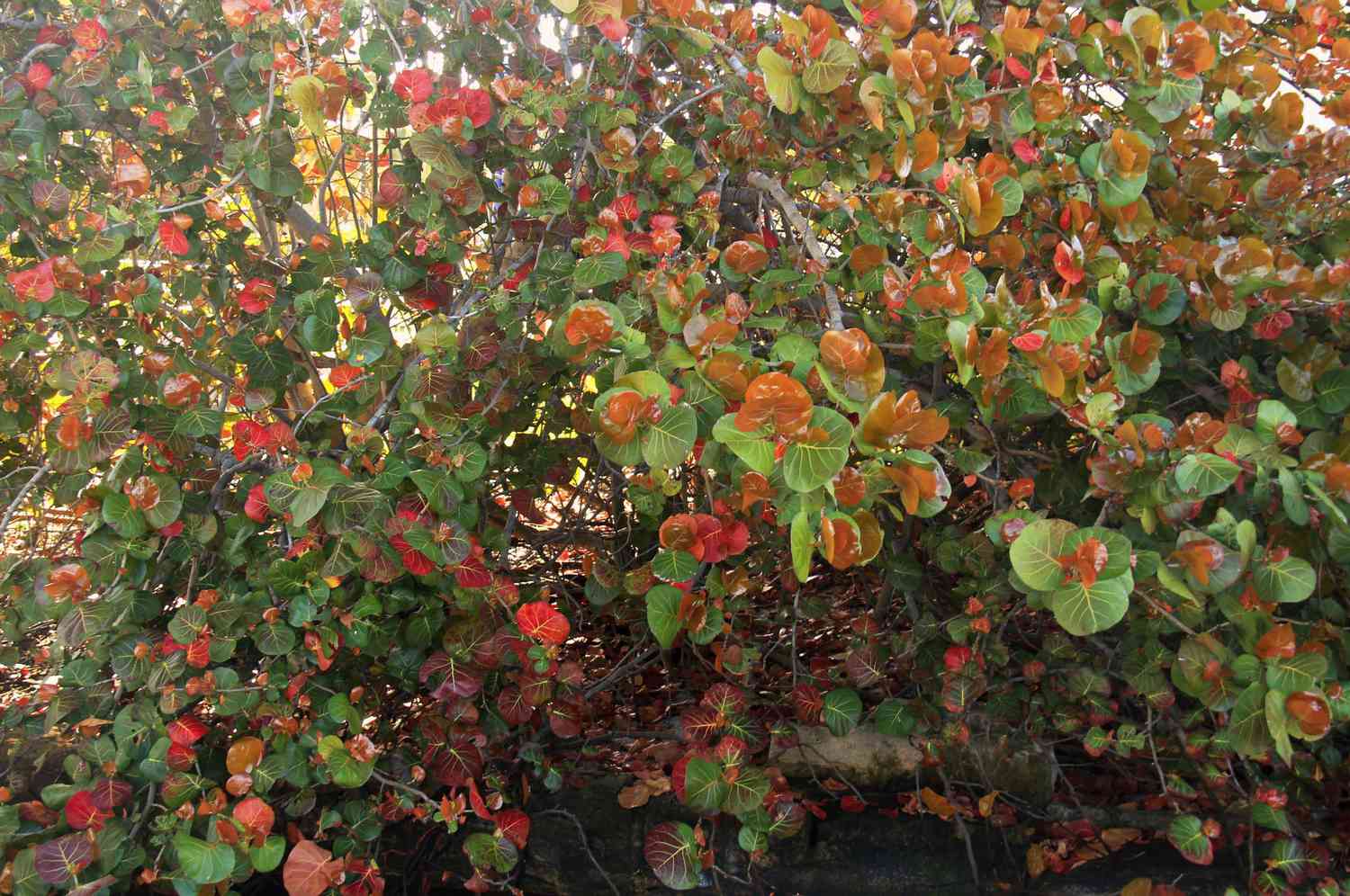
The sea grape is a versatile Florida native plant that can be grown as a small tree.
«It is grown in full sun to partial shade and is drought, wind, and salt tolerant – perfect for the coastal environment,» says McFarlane. «Prune for size and shape as needed, or leave it untrimmed to create a natural form.»
Frangipani
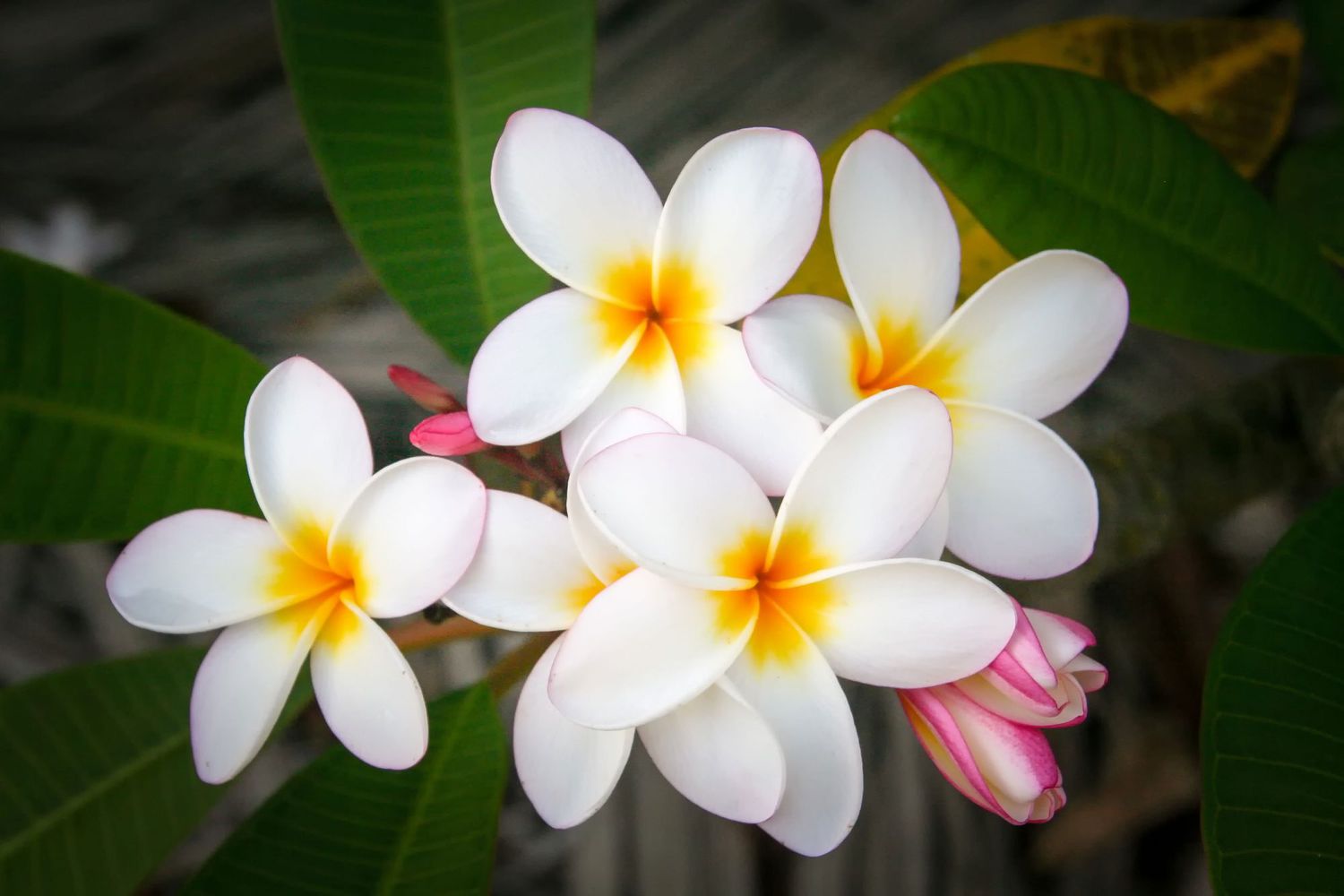
Frangipani are easily maintained and will produce an abundance of flowers when planted in a full sun environment.
«This fast-growing small tree does well with most soil types but best in well-drained soil,» says McFarlane. «The frangipani can also tolerate long periods of drought.»
Japanese Maple
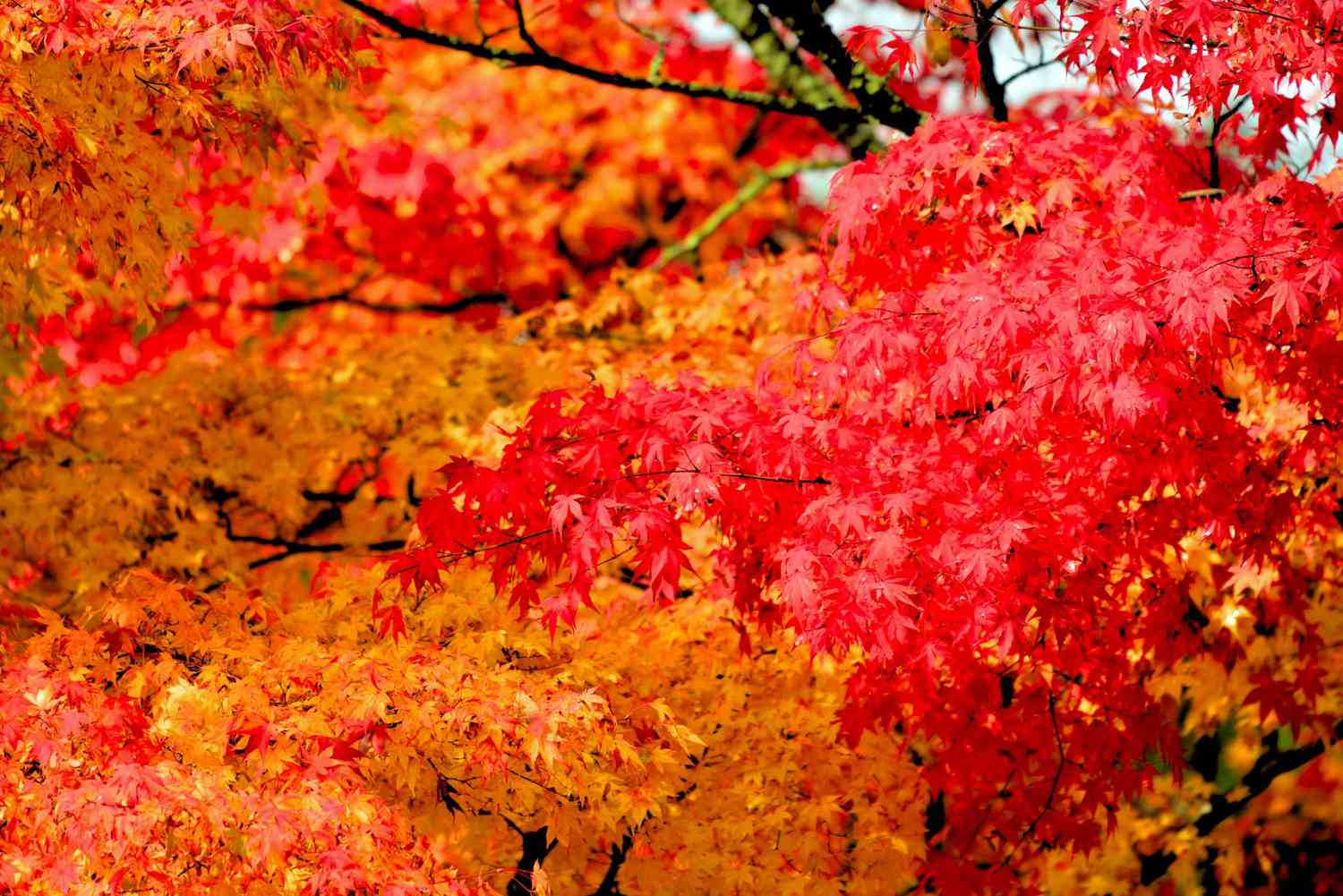
The many varieties of Japanese maple trees will brighten up any landscape with their delicate branches and vibrant foliage that provides year-round interest.
«Japanese maple trees can grow across most of the country (except for extreme hot and cold regions),» says Brian Parker, Senior Live Goods Merchant at The Home Depot. «They’re exceptionally low maintenance, adapting to a wide variety of soil types and growing in a range of light conditions.»
Crepe Myrtle
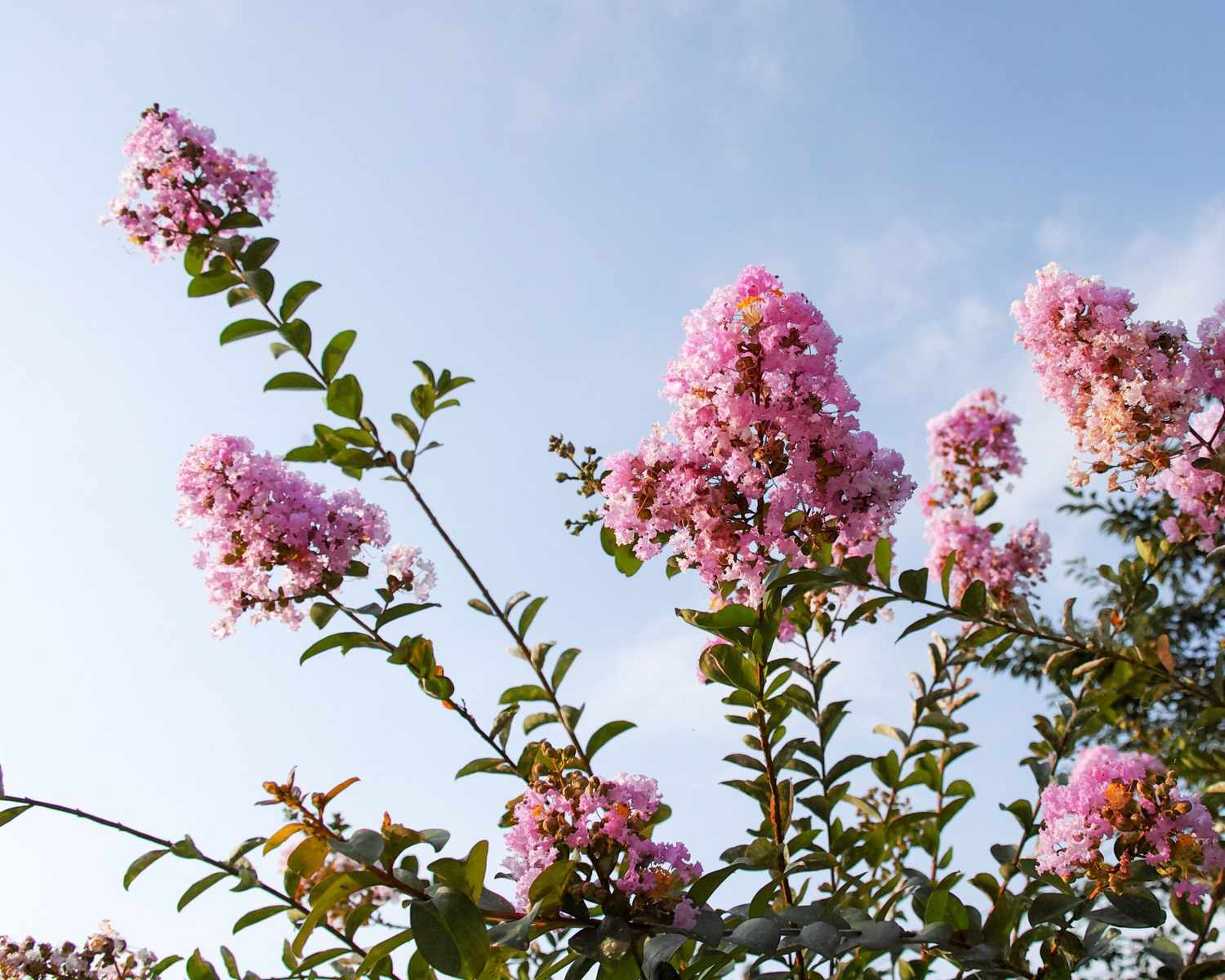
Crepe myrtles are often chosen as a landscape plant for their long, summer blooming period and prized for their flower clusters in pink, red, and white and beautiful foliage.
«This plant only requires routine yearly pruning and they’re drought-tolerant and thrive in heat and humidity, continuing to bloom through harsh conditions,» says Parker.
Redbud
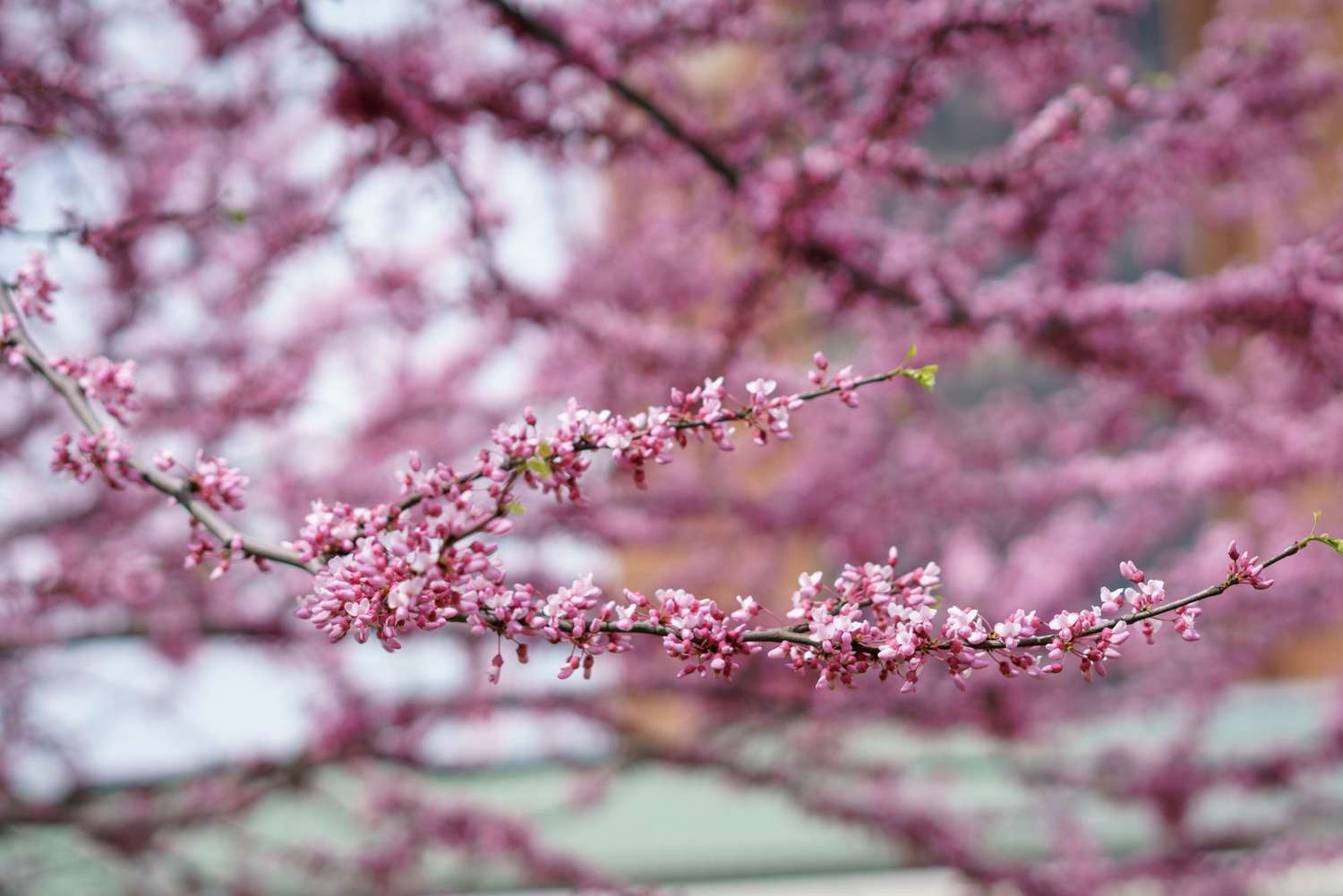
Redbuds are very popular due their spring flowers. They’re heat and drought resistant and disease and insect resistant, which make them an ideal low-maintenance pick.
«Redbuds are medium-sized trees, which makes them especially convenient for smaller yards,» says Parker. «Redbuds are available in varieties with deep red foliage, bright yellow foliage, and/or tricolored foliage. It usually forms an umbrella pattern for nice shade.»
Purple Leaf Plum
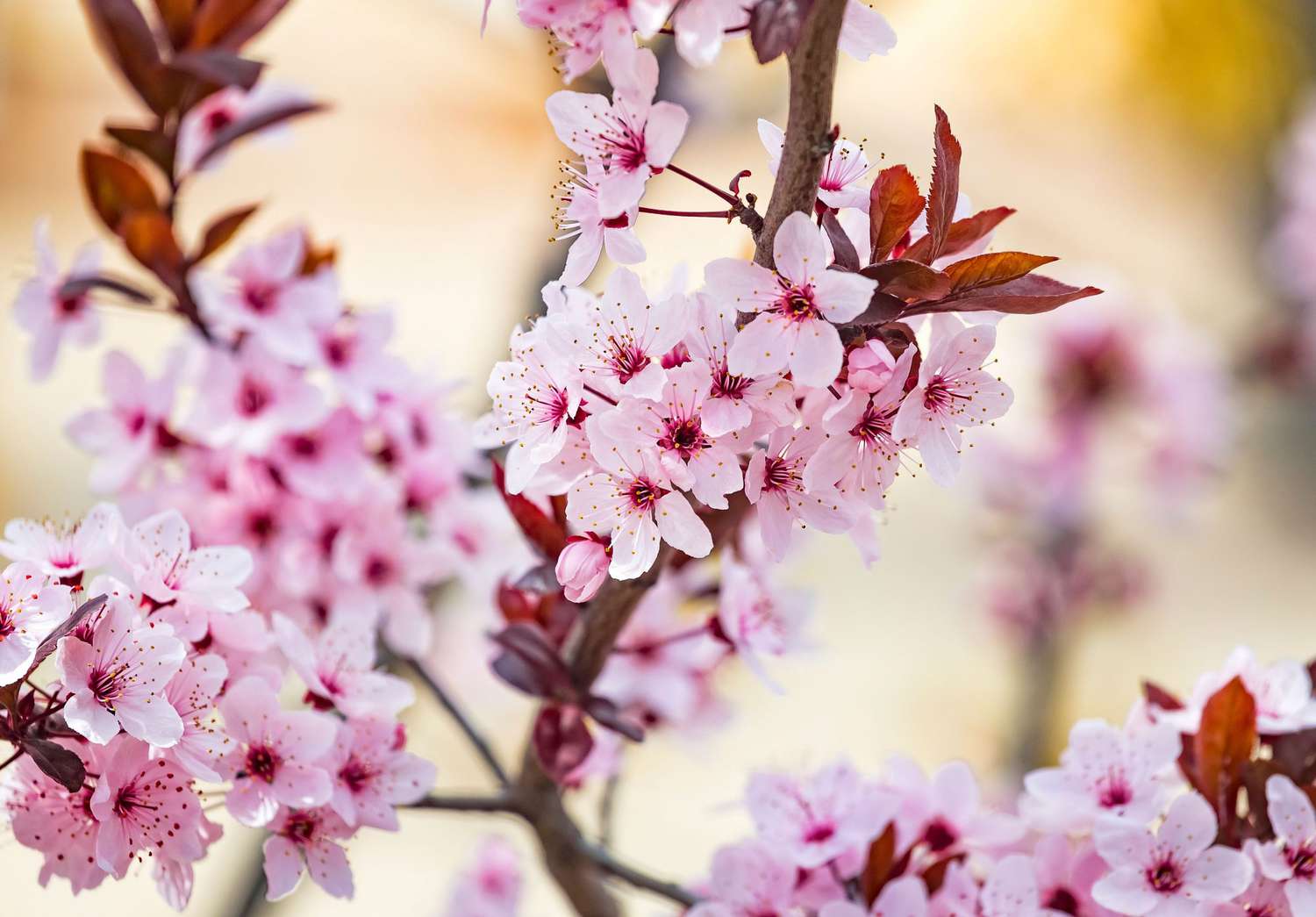
The purple leaf plum is one of the most popular ornamental trees used in landscaping.
«They are technically considered fruitless even though they produce a very small, insignificant seed,» says Parker. «It lends a deep purple foliage in spring through fall, with pinkish white delicate flowers in the early spring. It grows about 12- to 15-feet tall, so it’s well suited for small yards.»